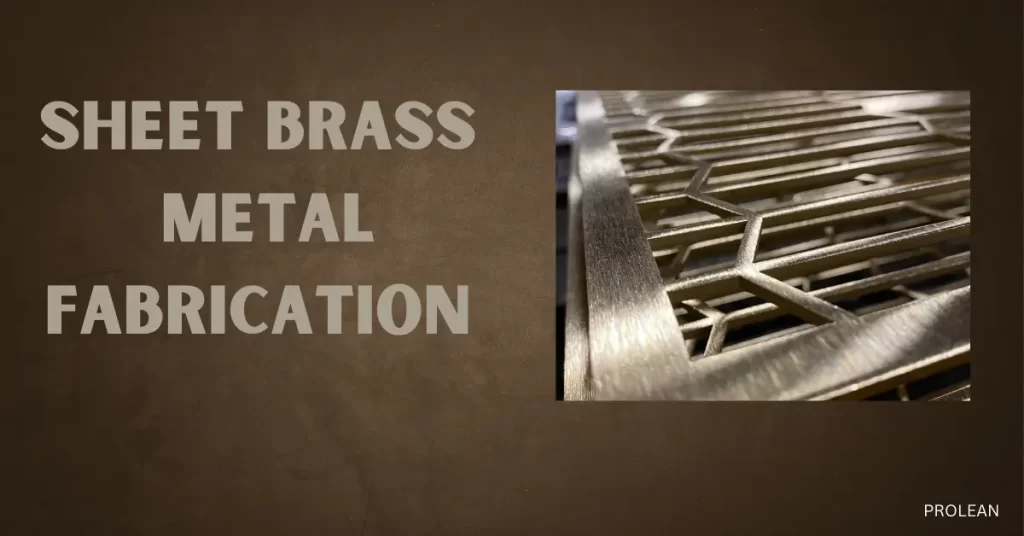
Sheet brass fabrication converts the raw sheets into brass products. Brass is amongst the widely used metals and alloys in our homes and on an industrial level. Despite the wide applications of metals in our daily lives, they can’t be used in their raw form. Some methods are applied to make them ready to use.
On a broader concept, this is referred to as custom sheet metal fabrication. It encompasses the whole process of converting metals like copper, bronze, and brass into manufacturing parts and products. The fabrication process of bronze vs. copper vs. brass differs, as each of them has a unique composition and physical and chemical properties.
In this guide, we are going to discuss Brass sheet fabrication in detail. It involves several steps that transform flat sheets into functional and decorative items. These steps include cutting, bending, stamping, and joining, depending on the product requirements.
The process not only shapes the metal but also enhances its durability, strength, and appearance. With the right fabrication techniques, brass can be turned into automotive components, electrical parts, plumbing fittings, musical instruments, and decorative items, making it one of the most versatile metals used in both homes and industries.
So let’s start with the definition of brass metal fabrication.
What is Sheet Brass Fabrication
Sheet brass metal fabrication is the process of transforming flat sheets of brass into various shapes and products. It is done through various steps, including cutting, bending, and joining techniques.
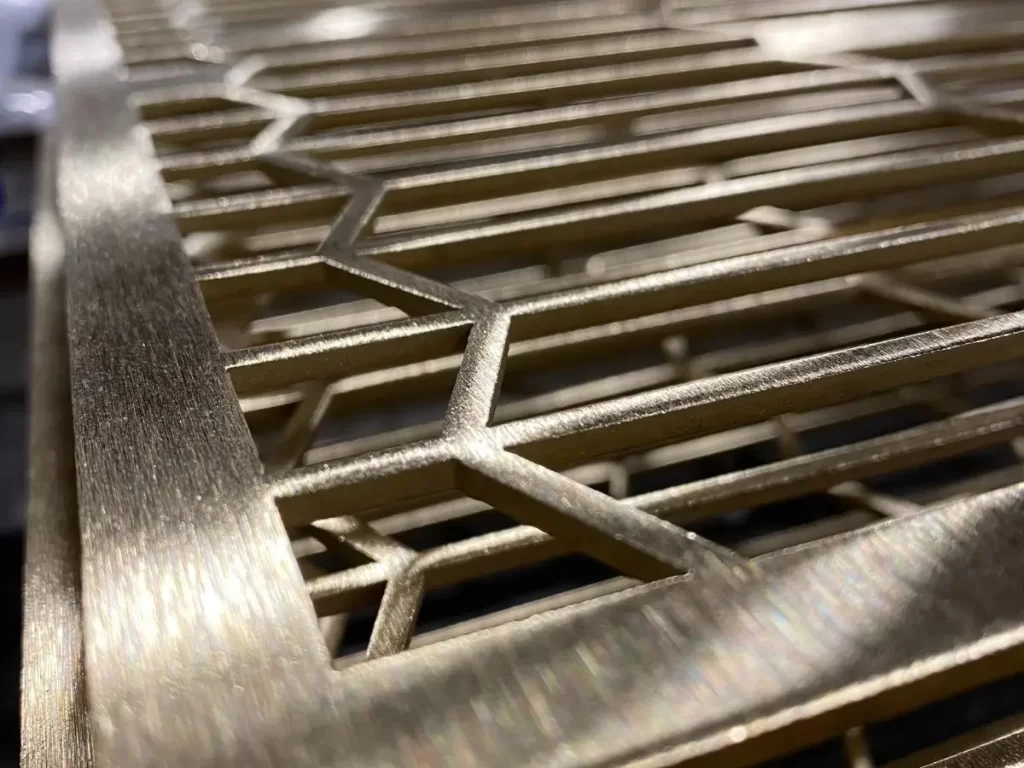
Sheet Brass Metal Parts
Types of Brass Sheet Metal in Fabrication
During the custom sheet metal fabrication process, various types of sheet metal are utilized. When it comes to brass alloy, these brass sheets vary in zinc, copper, and other metals percentages.
The most common types of brass sheet in fabrication are as follows:
Cartridge Brass (Alloy 260)
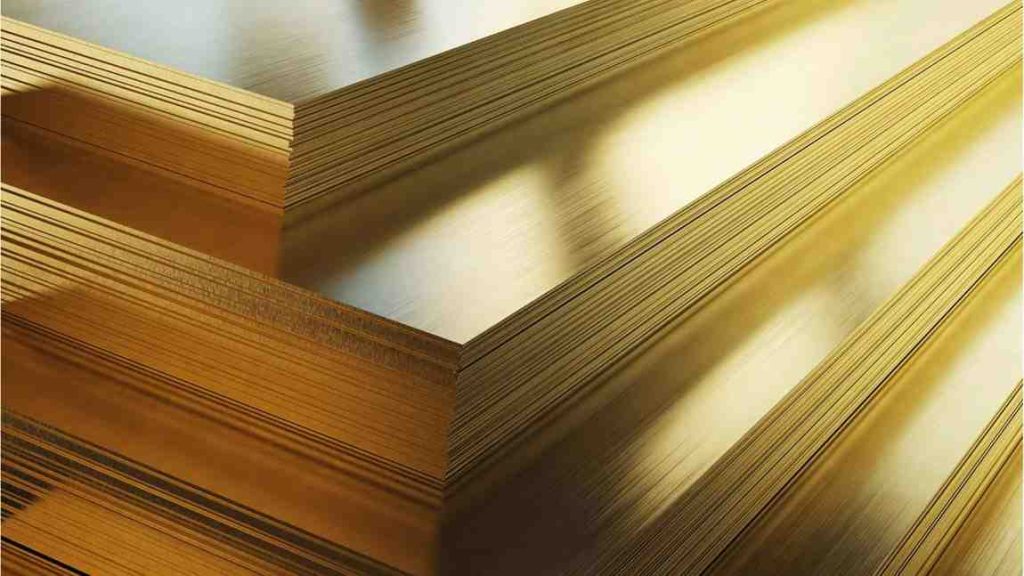
Alloy 260 brass
Cartridge brass is one of the widely used brass alloys in the metal fabrication process. It has 70% copper and 30% zinc with excellent ductile and malleable properties. It bends well into plumbing fixers, radiator cores, and springs.
Muntz Metal Brass (Alloy 280)
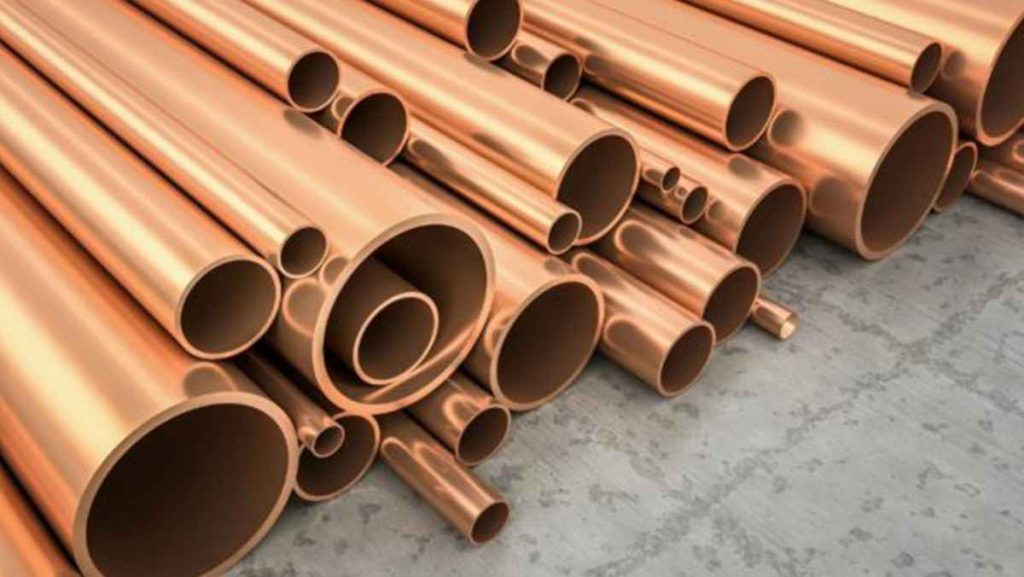
Alloy 280 (Muntz Metal)
Muntz metal brass contains 60% copper and 40% zinc. It is mostly used in marine applications.
Leaded Brass ( Alloy 360)
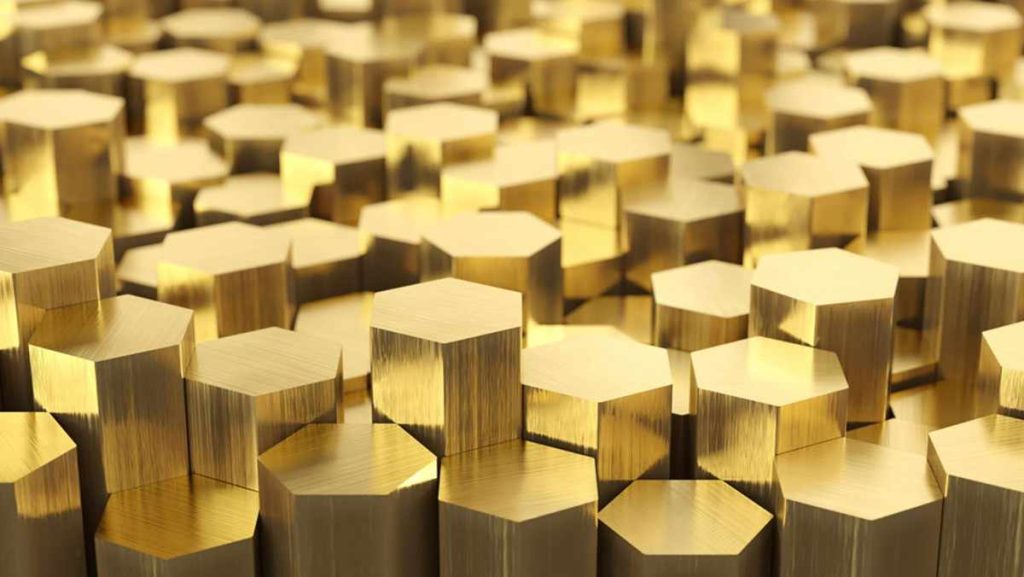
Alloy 360 (Free Machining Brass)
Loaded brass contains 2-3% lead, also known as free machining brass. Lead presence makes it the best fit for the products that require intricate design by CNC machining. It is used in valves, fittings, bearings, and electric components.
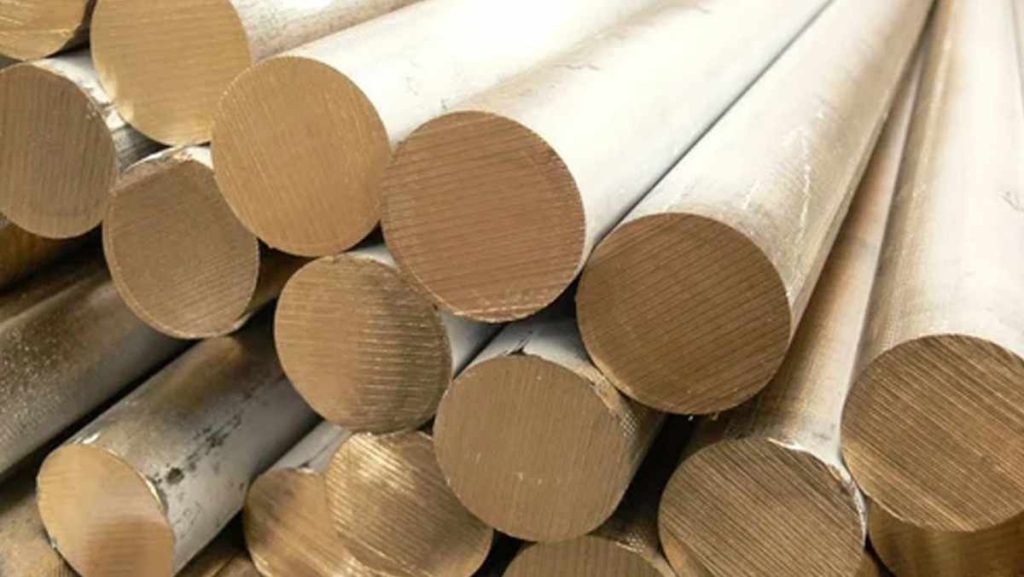
Navel brass is composed of copper, zinc, lead, and tin. It is highly corrosion-resistant and is usually used in a marine environment.
Why is Brass Ideal for Sheet Metal Fabrication
Brass has exceptional properties that are useful in custom sheet metal fabrication.
1. Antibacterial Properties
Brass contains copper, which is well known for its antimicrobial properties. Hence, brass has naturally antibacterial properties and resists the growth of bacteria, fungi, and viruses on its surface. This characteristic makes brass ideal for use in the medical sector, hand fixtures, and door knobs.
2. Durability
Brass has high strength due to the presence of strong components like copper, zinc, and tin. It has great durability and a longer shelf life. It is ideal for use by businesses as it requires minor replacements and almost no maintenance costs.
3. Electrical and Thermal Conductivity
Brass has free electrons like metals like copper and zinc. It is a good conductor of heat and electricity. Brass is used in heat exchangers, cooling systems, and radiators as it can conduct heat. It is also used in terminals, connectors, and resistors for better electrical conductivity.
4. Finishing Capabilities
Brass metal has incredible finishing capabilities. It can be polished, painted, and plated easily. Therefore, it is used in manufacturing attractive products with the best aesthetic value.
5. Improved Resistance
Brass is resistant to the rust and corrosion process. Some of the types contain tin, which improves the anti-corrosive ability in brass. It can bear extreme climatic conditions like high humidity and stress.
6. Malleability
Brass is a malleable alloy. It is a property that gives a metal the ability to endure compressive stress. It can be molded into different shapes after cutting and bending using external factors.
7. Ductility
Brass is ductile and can withstand tensile pressure easily. This property helps the alloy to be molded into thin, flat sheets, wires, and intricate, small parts easily.
Try Prolean Now!
Fabrication Processes Common in Sheet Brass Fabrication
Brass metal fabrication converts raw brass into useful products and appliances. There are some famous sheet metal fabrication techniques, based on the mode of material used and its advantages. The following is a detailed process of metal sheet fabrication.
1. Cutting and Machining
Cutting is the first and foremost step in brass metal fabrication. It can be done by using a variety of mediums like Laser, CNC machining, water jet, and plasma.
Laser Cutting
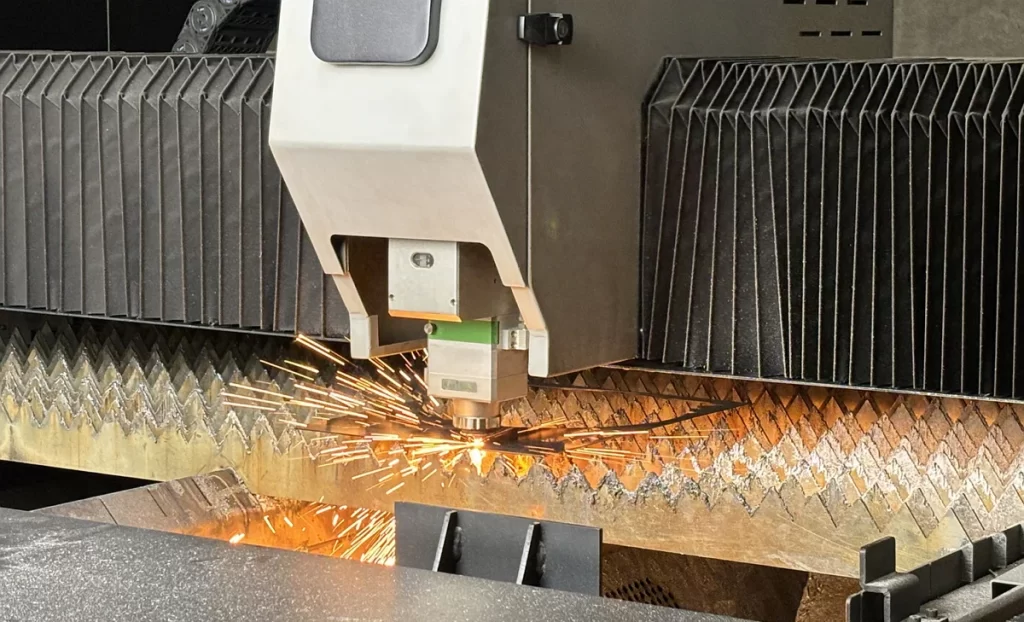
Laser cutting is a process in which a strong beam of light is used to cut the brass metal sheet with extreme precision. Laser cut brass method offers:
- High accuracy and smooth edges
- Ability to produce fine details and complex patterns
- Minimal material waste during the process
CNC Machining
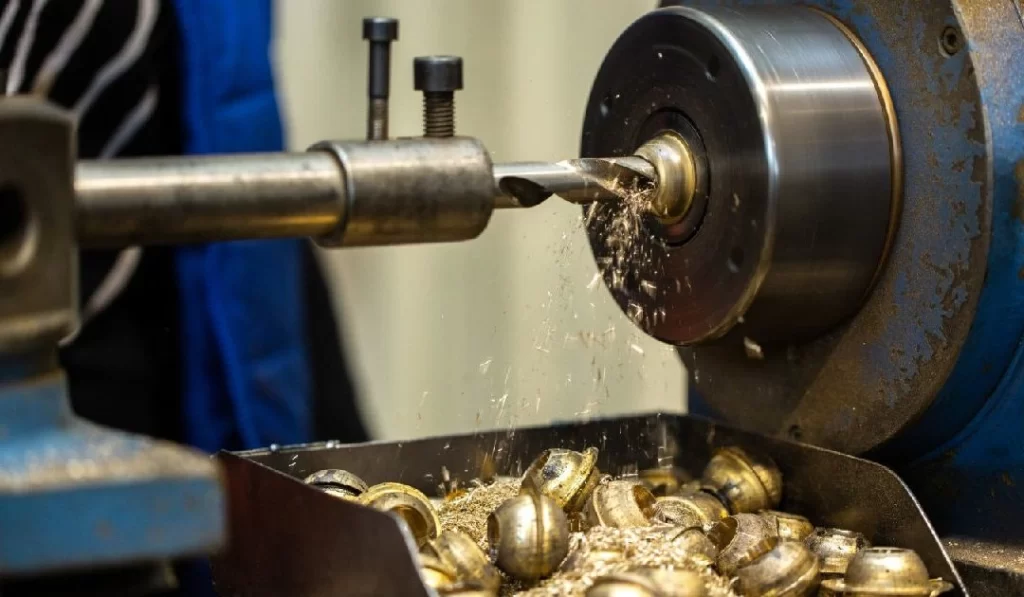
Brass Machining
CNC is referred as Computer Numerical Control. CNC machining brass uses cutting tools to shape brass by automation into precise forms. Its advantages include:
- Consistent quality in the repeated production of products
- Ability to achieve tight tolerances
- Handling of complex geometries of shapes
Water Jet Cutting
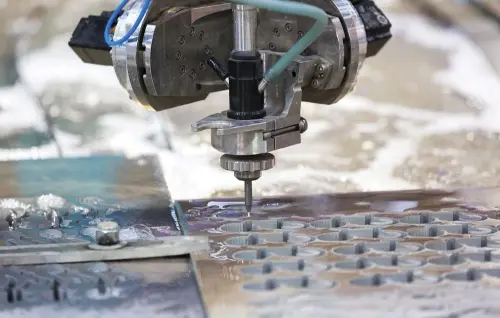
Water Jet Cutting Process
In the water jet cutting process, a high-pressure stream of water is used after mixing with abrasives to cut through brass sheets. A few key benefits are:
- No heat is generated, preventing warping
- It can work on a wide range of thicknesses
- Produces neat and clean edges
Plasma Cutting

Plasma cutting uses a jet of ionized gas at high temperatures to cut through brass. It is:
- Fast and efficient for thicker sheets
- Ideal for simpler shapes and heavy-duty parts
2. Forming and Shaping
After cutting, the second step is to make the material ready to be molded into different shapes. For this purpose, hot or cold treatment is used.
Cold Forming
Cold forming shapes brass at room temperature using pressure. Benefits include:
- Higher strength due to work hardening
- Accurate, consistent dimensions
- Cost-effective for mass production
Hot Forming
Hot forming heats the brass before shaping. This makes the material softer. Hence, it is easier to bend or stretch the metal into the desired shape. It is particularly suitable for:
- Thick brass sheets or rods
- Complex shapes that require flexibility
- Applications where shape is more important than strength
3. Stamping and Punching
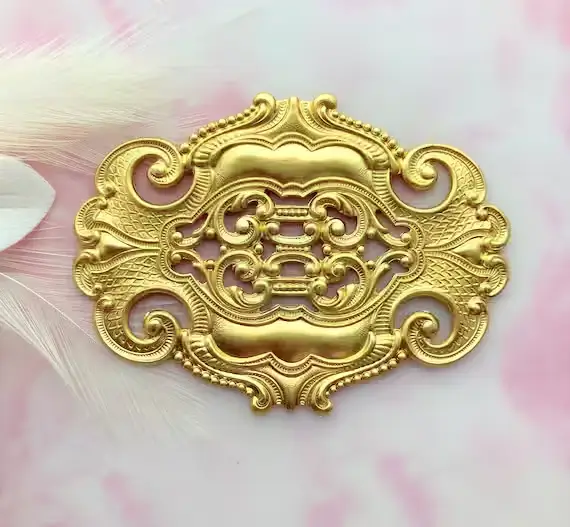
Stamping Brass Components
Stamping brass is also called copper stamping, as brass is an alloy of copper and zinc. In this process, different dies and presses are used to shape brass sheets into specific forms. It is:
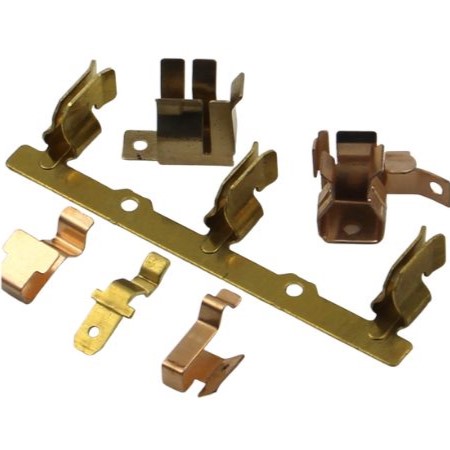
Stamping brass parts
- Fast and economical for production on a large scale
- Capable of producing consistent, identical parts
Punching
Punching is the process that creates holes in brass sheets with precision. It is often used together with stamping to add functional or decorative details.
4. Bending and Rolling

This is a crucial step in shaping the brass products. Now it can be done by bending or rolling.
- Bending shapes brass sheets into angles or curves by applying controlled pressure. It is commonly used in brackets, enclosures, and frames.
- Rolling gradually converts brass into round shapes. It is useful for pipes, rings, and decorative elements.
5. Welding and Joining
Welding involves the process where parts of brass are assembled. It uses Inert gases for melting or fusion to create joints. Common techniques for welding include:
TIG Welding (Tungsten Inert Gas)
In this process, Tungsten gas is used, which offers precise control. It helps in producing clean and high-quality welds. Suitable for thin sheets or detailed parts.
MIG Welding (Metal Inert Gas)
Metal inert gas is used for thicker brass pieces. It is faster and best for larger products.
Try Prolean Now!
Application of Sheet Metal Brass Fabricated
Brass is an alloy with various useful properties. It is used in several different items in diverse industries. Let us discuss some of them.
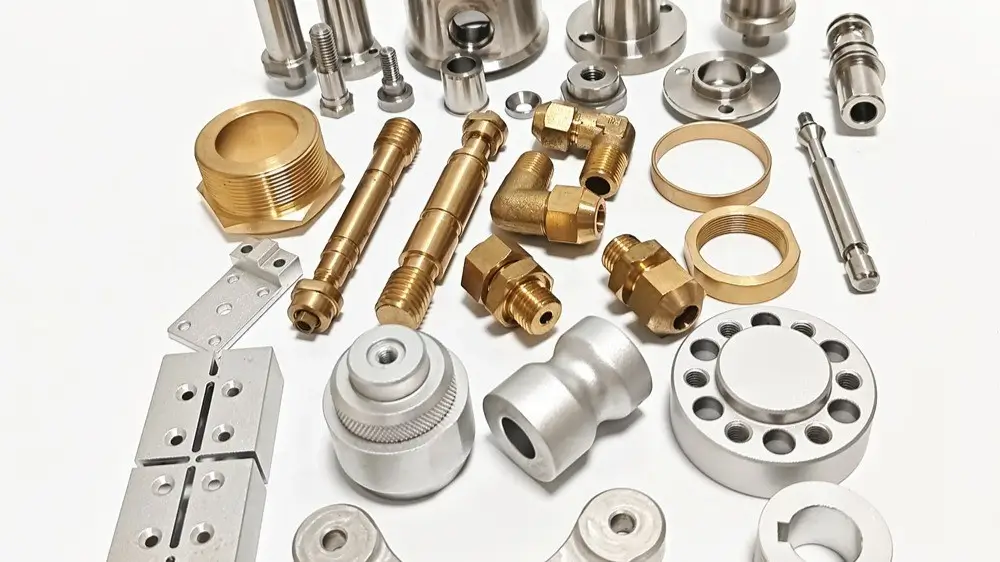
1. Automotive Industry
Brass is used in many car parts. It can handle wear and tear efficiently, which is why it can be used for automotive components. It is found in radiators, gears, bearings, connectors, fittings, and valves.
2. Electrical and Electronics
Brass is used in electrical appliances and electronics as it is a good conductor. In electrical products, it helps in smooth and fast electrical flow. It also resists corrosion and stays long-lasting.
It is used in terminals, switches, circuit boards, and connectors.
3. Plumbing and HVAC Systems
Brass is a common metal used in plumbing and HVAC systems. It is used in manufacturing water fittings, couplings, and valves. They can resist rust and water damage due to their composition. Also, its antibacterial characteristics are useful to keep the water system clean and human-friendly.
4. Decorative Applications
Brass possesses a bright golden colour. Its surface becomes shiny when polished correctly. These features make brass fit for aesthetic decorative home items. It includes door handles, railings, architectural, and decorative hardware.
5. Musical Instruments
Brass sheets are used in musical instruments as they are highly ductile. They are shaped into instruments like horns, trombones, and saxophones. The acoustic properties give instruments a clear and rich sound.
6. Keyboard Plates
Thick brass sheets are used as keyboard plates. They provide strength, durability, and a better typing sound compared to other metals.
7. Blank Tags and Labels
Brass blanks are used to make nameplates, labels, and ID tags. Their durability and polish make them ideal for this usage.
8. Spinning Bowls
Brass sheet metals are also used to make spinning bowls, benefiting from the metal’s durability, corrosion resistance, and good conductivity.
Sheet Metal Brass Fabrication Surface Treatments
After sheet metal fabrication, the end products’ surface needs some finishing. Finishing helps them look better and last longer. It helps avoid rusting and improves appearance. There are different methods for brass fabrication; the most common of them are as follows:
1. Polishing and Buffing
Polishing helps to remove scratches and marks on the brass. It makes the surface smooth and even. After finishing, buffing is done to give the surface a shiny, mirror-like look. This whole process makes the brass more attractive and corrosion-resistant.
2. Plating and Coating
Plating is the process of adding a thin layer of another metal on top of brass. It is done to improve the strength of the metal and change the look. Common plating options include:
- Chrome plating: Chrome plating is done electrically in a chromium solution by dipping the brass in molten copper. It gives a bright and modern look to the surface. It is often used for fixtures and decorative parts.
- Nickel plating: A layer of nickel is added on top of the brass surface. It adds more corrosion resistance and durability. It makes the brass ideal for industrial applications.
- Gold plating: As the name suggests, Gold is plated on the brass. It gives brass a premium and decorative finish. This type of plating is mostly used for jewellery or luxury fittings.
3. Powder Coating
In this process, dry powder coating is used to cover brass. It is baked to form a protective layer. It creates a durable, scratch-resistant, and corrosion-resistant finish. Powder coating also allows for colors and textures to be consistent and to stay longer than usual. It helps in making brass both tough and stylish.
4. Brass Anodizing (Alternative Treatments)
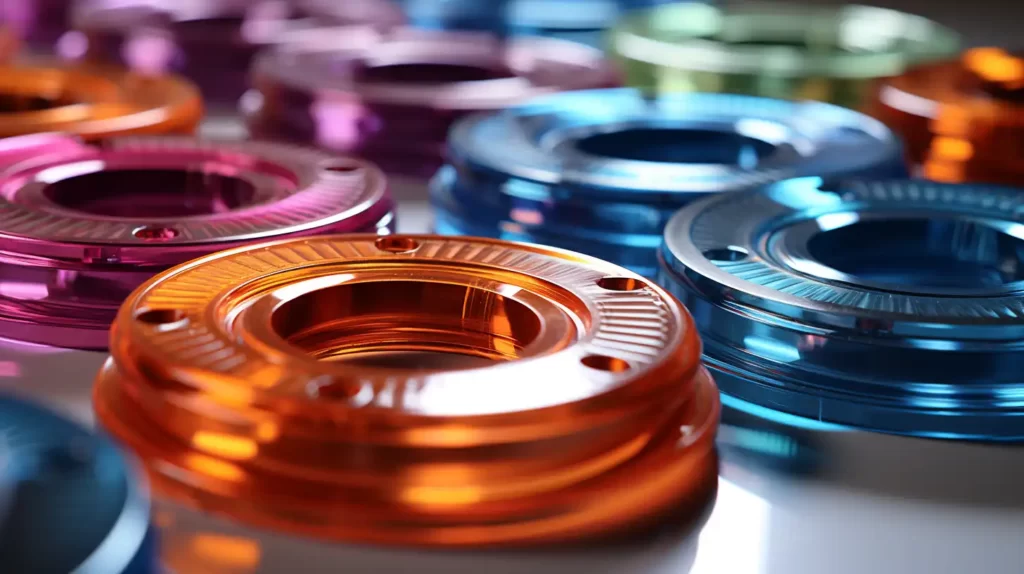
It’s a chemical treatment method in which brass is ionized with special surfaces. Unlike aluminium, brass cannot be ionized directly. Therefore, electroplating methods are used to apply durable colored finishes.
Conclusion
Brass sheets can be transformed into functional, durable products from the vast array of brass metal construction. Due to its durability, resistance to corrosion, and beauty, brass is found in a variety of products in many industries, including automotive, electrical components and designs, musical instruments and decorative products.
Brass can be formed into a variety of shapes with detailed contours from fabricating processes including welding, copper stamping, bending, laser cutting and CNC machining. Surface treatments can also add value, beauty, and durability to brass products, whether with powder coating, plating or polishing. With a proper understanding of each process, manufacturers can create durable, useful products that are beautiful in brass.
Prolean Tech provides expert custom sheet metal fabrication services that suit your specific needs. From cutting and bending to finishing, we deliver high-quality brass, copper, and other metal parts with precision and accuracy. Get durable, cost-effective, and well-created products for your business. Visit us to start your project with trusted professionals.

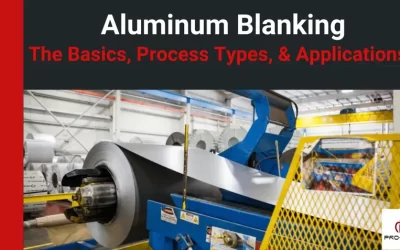
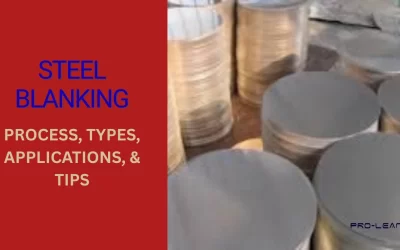
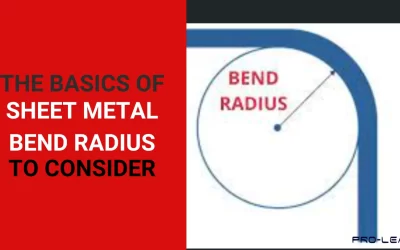
0 Comments